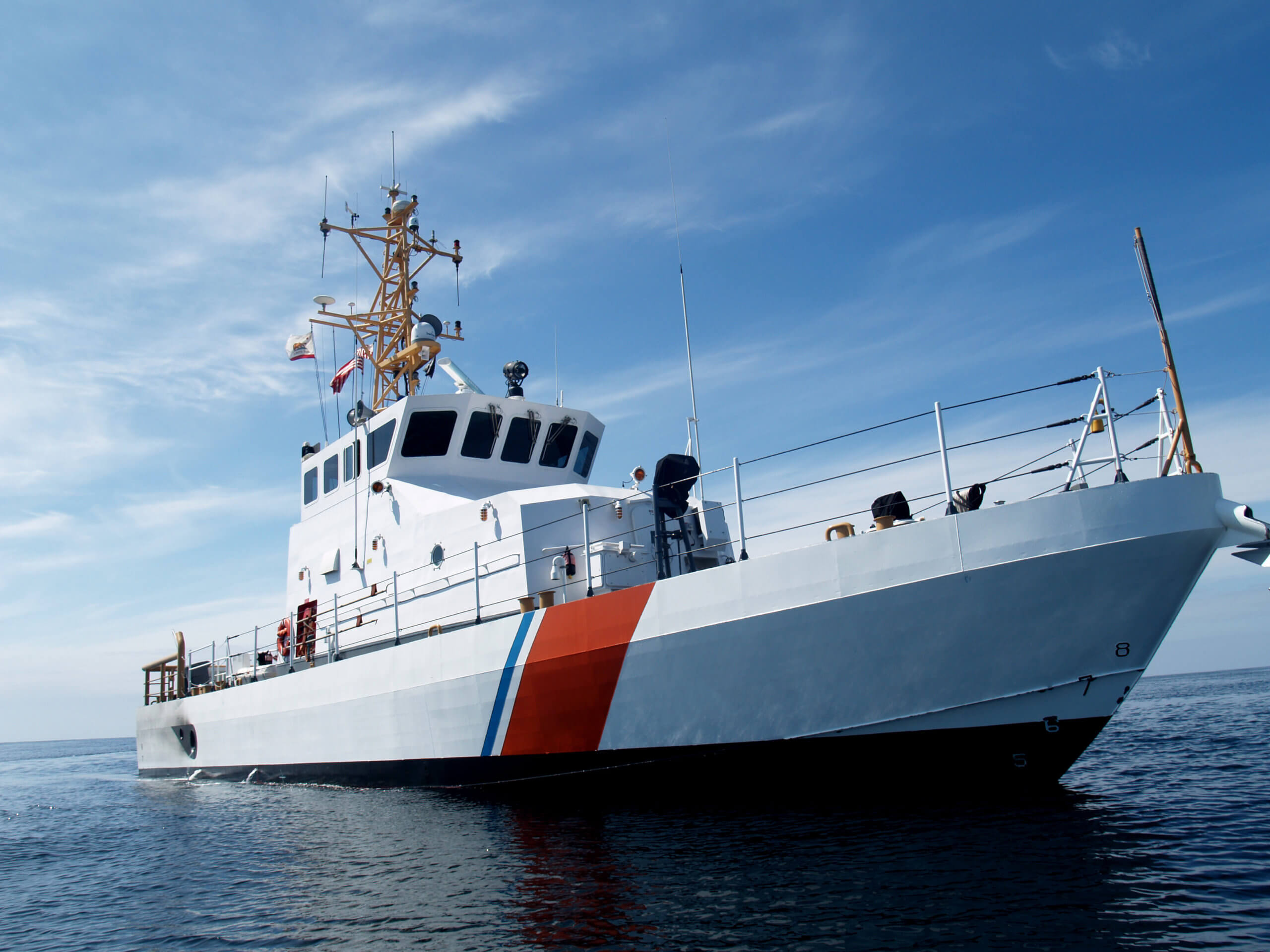‘Get Me In This Thing’

In the days following September 11, 2001, those words kept running through my head. What could I do that would be more direct than simply writing a check to the Red Cross?
While many Americans turned to volunteerism in order to put their hearts, hands, and minds at work, I was faced with two realities. At nearly 48, I wasn’t exactly what the Army recruiter at Times Square in New York had as #1 on his list of potential (or wanted) candidates and, secondly, it was apparent that the terrorists were seriously dedicated to wiping out as many Americans as possible. The unthinkable — suddenly — became thinkable. “Terrorists are coming here to kill my wife and kids” kept running through my mind.
I suppose I could have fallen into a mental “Maginot Line” at that point — board up the windows, create caches of water, medicine, and food and just keep peering over the ramparts — and hope they never came . . .
A friend of mine in the U.S. military advised me to “Do something you love. Many school-age children wanted to be fire fighters or police officers when they were kids. Go volunteer to help them.” So, I thought about it — beyond family, nation, and our God above, what do I love? The sea spread out before my mind’s eye . . .
So, I turned to the United States Coast Guard Auxiliary, an integral part of the United States Coast Guard. I submit that it is among the most effective ways to “get in this thing . . .” If you live, work, or “summer” out east on Long Island, please read on.
Congress established the United States Coast Guard Auxiliary in 1939 to assist the U.S. Coast Guard active-duty corps in promoting boating safety. It boasts more than 32,000 members from all walks of life who receive special training so that they may be a functional part of the U.S. Coast Guard.
Today the USCG Auxiliary plays a larger role with greater responsibilities than at any other time in history. Auxiliary members are at the helm of marine safety and security patrols, serving as foreign language interpreters, educating the public on recreational boating safety, and supporting many other vital operational and administrative missions. In 2013, USCG Auxiliary members up and down the east coast of America donated over 2.3 million hours in service to our country — from cooks in galleys to search and rescue.
The U.S. Coast Guard Auxiliary is organized at the national level, district level, divisional level and, ultimately, the flotilla level. The flotilla is where the rubber meets the road or, better put, where the hull meets the waves.
All members join the auxiliary by joining a local flotilla, and that is where the real work gets done — everything from crew augmentation on USCG sea-going vessels to helping out in the mess hall at a duty station. And, there couldn’t be a better time to join, as USCG Auxiliary is in the midst of a concerted recruitment campaign.
Do you need a boat to join? Absolutely not! We’ll train you to become a certified crew member. However, if you have one and want to get it certified as an “operational facility,” you one day could find yourself leading a patrol as coxswain on the deck of your own vessel with a crew under your responsibility.
Do you need to know how to swim to join? Again, no! There are many jobs within the USCG Auxiliary that are wholly land-based — public education, public affairs, radio watch standing at a USCG Coast Guard station or helping out as a mechanic at the motor pool. You don’t even have to like the water. You just have to want “get in this thing” and do something for your nation.
It has been said that this will remain the land of the free only so long as it is the home of the brave.
Be brave. Get in this thing.
By the way, if you are interested in being part of USCG forces, email me at JoinUSCGAux@aol.com or go directly to the D1SR Human Resources Department, which is in charge of new members matters, at DSO-HR and we will help you “get in this thing . . .”



